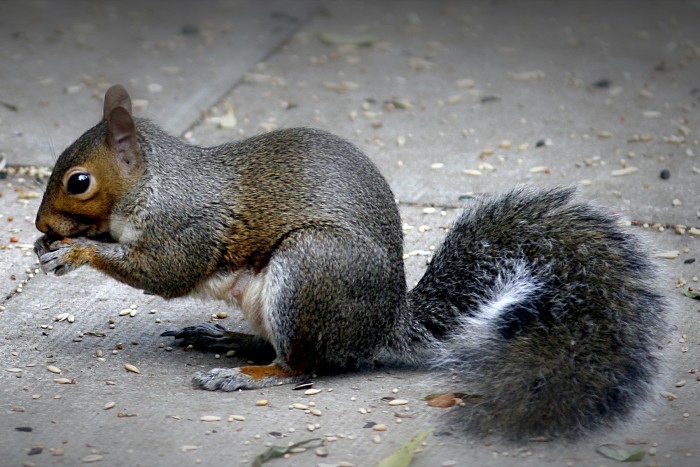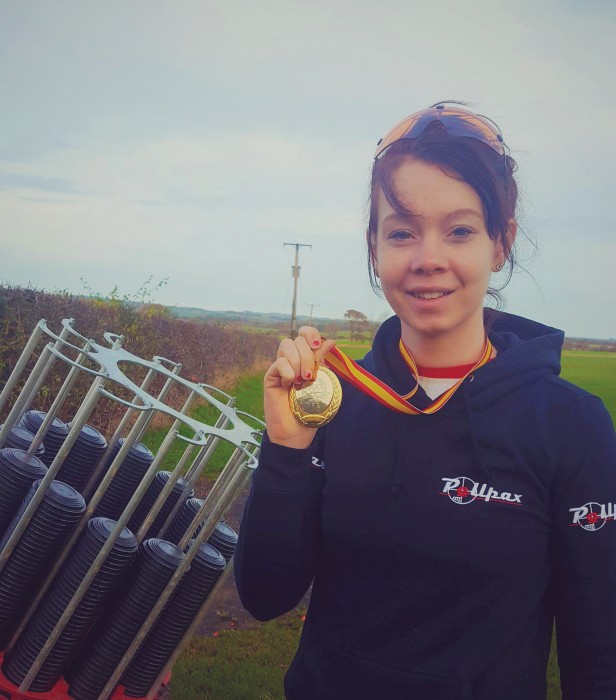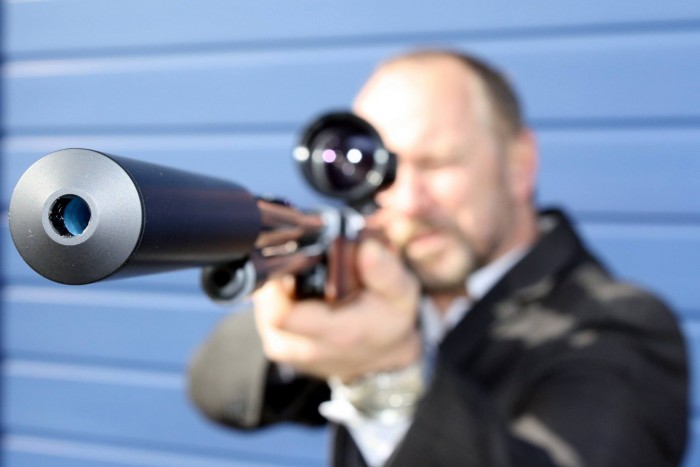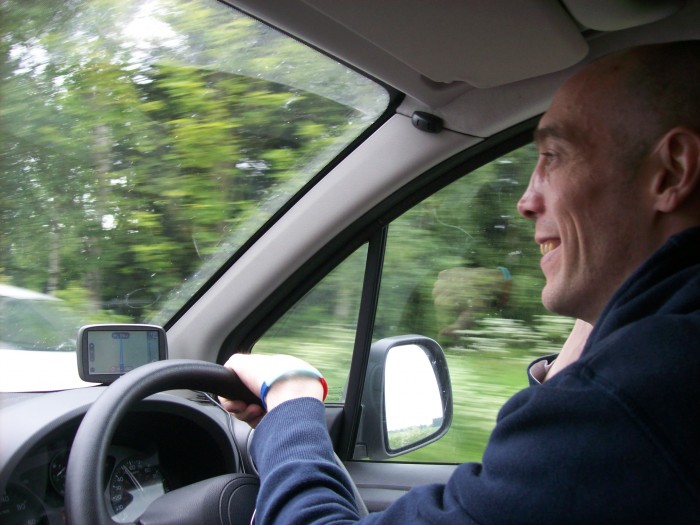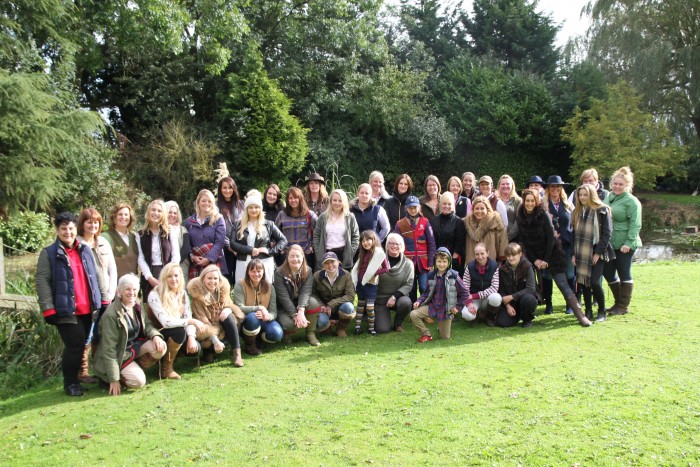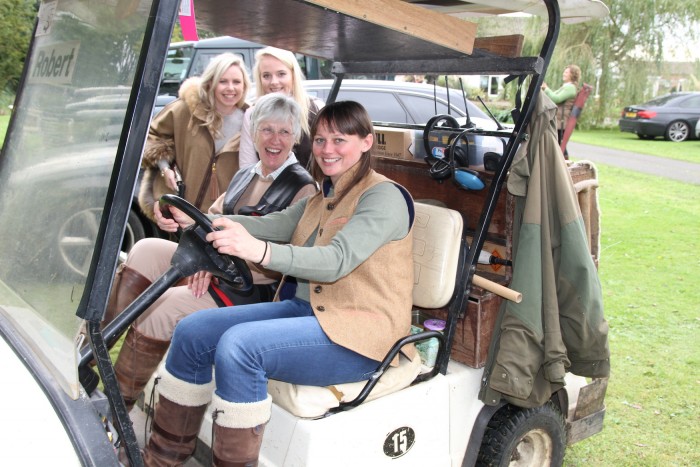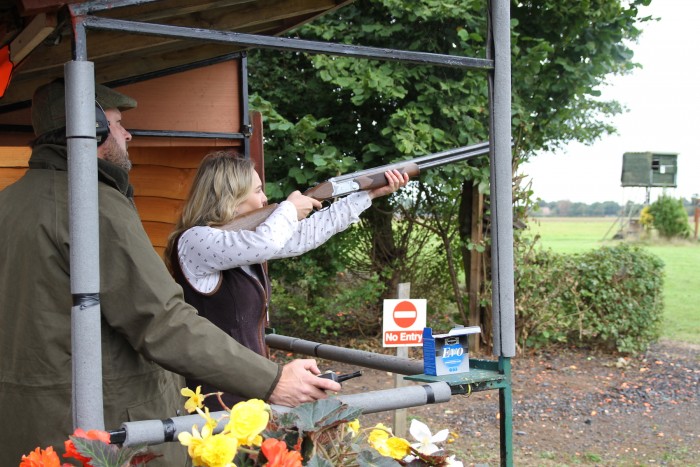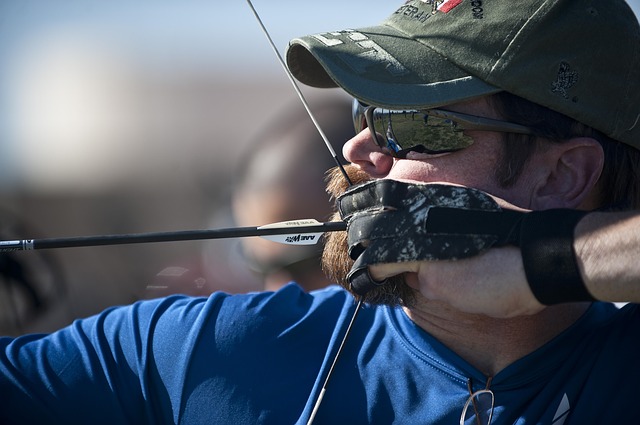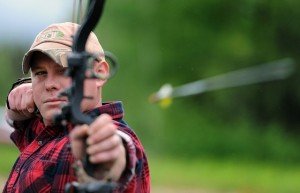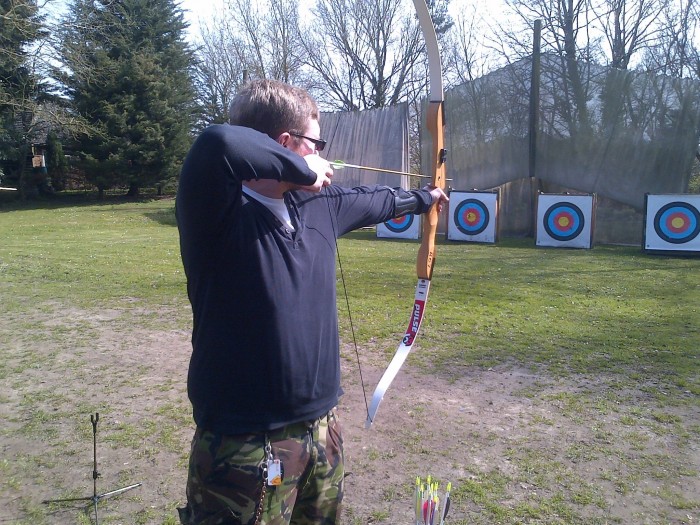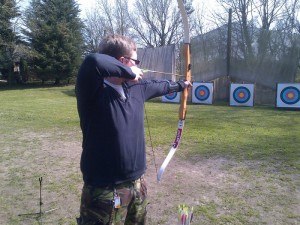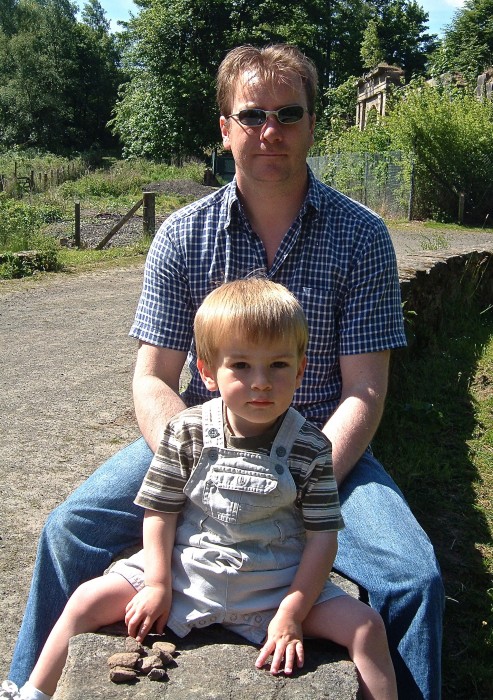
This month, our correspondent Hazel Randall spoke to airsofting legend, Scout The Doggie about his many adventures in the sport.
It was a great pleasure to talk to Scout the Doggie, whose YouTube videos have inspired so many people to take up the game of airsoft. With almost 700,000 subscribers to his YouTube channel and over 200 million views of his airsoft videos, Scout’s popularity continues to draw thousands of visitors from the UK and abroad to Section 8, a 1,400-acre woodland skirmishing site in Scotland, where he does most of his filming.
Airsoft skirmishes
Originally designed for target practice, airsoft guns first made an appearance in Japan, circa 1980, and were introduced in the UK a decade later. Since then, airsoft equipment has been used for police and military training drill and, increasingly, for recreation. Registered airsoft sites are plentiful in the UK, with a growing number of enthusiasts gathering at weekends for skirmishes.
The appeal of airsoft skirmishing has a lot to do with the illusion of realism. Airsoft guns are replica weapons that launch spherical, non-metallic pellets, and the games are played out in unmodified woodland or disused industrial areas.
There is often no evidence that a pellet has hit a player; therefore the game relies on a system of honour, whereby a player who is ‘killed’ must declare the fact. Although some occasional cheating occurs, the airsoft code of honour is tight, and when dishonesty is discovered, it is never tolerated.
That’s not to say that the pellets are totally harmless:
“These guns will knock people’s teeth out. I’ve seen them embedded into players’ faces and ears, and jammed up noses, which is why many choose to wear full face masks”, Scout tells us.
Scout the Doggie
He’s one of the best known personalities in the rough-and-tough world of airsoft. Scout the Doggie, is a Scotsman who dominates the international YouTube airsoft scene with his exciting videos of simulated military battle.
A little daunted by the masked, gun-toting, gruff-voiced action men (and women) on the videos, I must say I was a trifle apprehensive about talking to the mysterious figure behind the camera. But
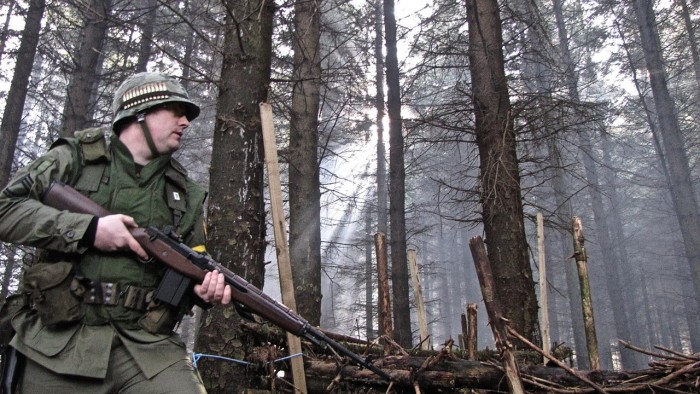
when I spoke to the real life person who adopts Scout as his ‘stage’ name, John Welsh’s gentle Scottish voice and friendly chuckle put me immediately at my ease.
John is a skilled film maker. Before his involvement in the world of airsoft, he made training videos for large companies. He had no training in the medium – unless you count the one-day course at the Apple store in Glasgow:
“That took about an hour!” John told me.
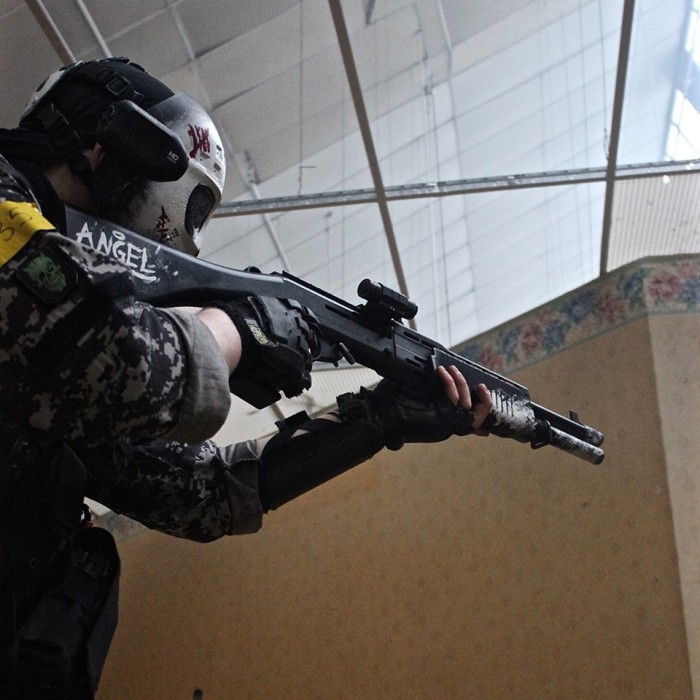
John has always been an avid collector of music videos and has used his filming skills to capture rock legends such as AC/DC and the Sex Pistols on film. His extensive video library has contributed to media archives all over the world, and on several DVDs, John is credited for the footage he supplied.
So how and when did John get into airsoft skirmishing?
About ten years ago, he bought a Heckler & Koch MP5 airsoft rifle for a close friend’s birthday.
“I was really impressed with the quality of it. As kids, we’d had a lot of fun with airguns, and I suddenly got the urge to do a bit of shooting again. The first gun I bought for myself was a Tokyo Marui G3/SG1. There were many more after that!”. Another one of John’s favourite airsoft guns is the AGM MP40 rifle.
The first time John tried out airsoft, he went alone. “My expectations were exceeded. It was far better than I imagined – much more organised and just good clean fun.” He added, mischievously, “It’s great meeting new friends – and then shooting them!”
And the videos?
John was always keen to introduce friends to the world of airsoft, but found that some people were reluctant to give it a go. So, about a year after his own initiation into the game, he took a video of the action in order to share with his friends the fun that was to be had at a skirmish. He put a few of these videos onto YouTube and was surprised at their popularity.
In an airsoft game, when you’re ‘killed’, you have to drop out of play until a new game begins. During these periods of inaction, John would video his team mates, edit the footage, and post the videos on You Tube. He was beginning to get a name for himself, and it wasn’t John. Scout’s stage name was in fact taken from his beloved dog, a very dear white German Shepherd.
The popularity of Scout the Doggie’s videos grew so quickly and unexpectedly that John was soon in a position where strangers all over the world were familiar with his videos and the regular players who featured in Section 8 skirmishes. Other sites were keen to have Scout film their airsoft games, and airsoft manufacturers benefitted hugely from Scout’s product endorsements.
What are Scout the Doggie’s plans for the future?
“I’d love to visit the USA,” he told me. “Most of my views come from America, closely followed by the UK and Germany. So I’d maybe film at a few American airsoft events. But to be honest, I’d be happy just to spend most of my time meeting the people who watch my videos.”
You can find Scout’s youtube channel here.
Stay in tuned to the blog for more airsoft news, reviews and interviews.
Check out our interview with another airsoft celebrity, Femme Fatale Airsoft.
And take a look around our online airsoft store to put together your perfect loadout.



